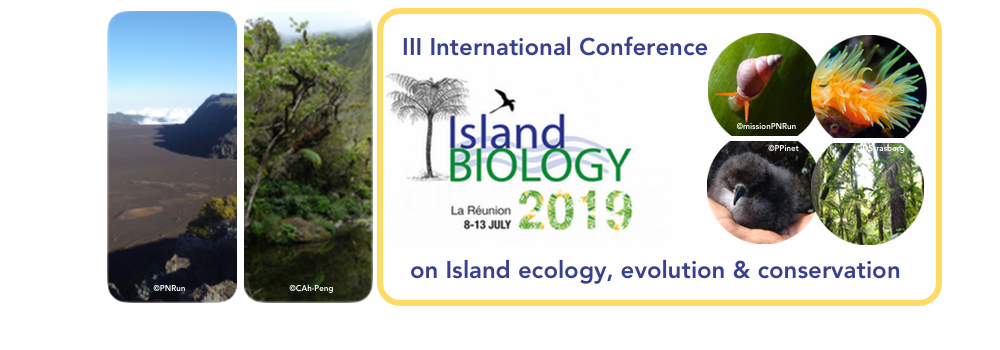The small island effect (SIE) can be broadly described as a different relationship between island area species richness on smaller islands compared to larger ones. The first graphical representation of the pattern was in 1963, and the SIE has been the subject of widespread renewed interest over the last 15 years. However, there is still considerable debate surrounding the mechanisms underpinning the pattern. In this regard, a number of mechanisms have been argued to underpin the prevalence of SIEs in island systems, and these can be broadly split into two groups: 1) mechanisms based on the idea that on small islands extinction rates vary independently of island area, and 2) mechanisms focused on a primary role for habitat diversity in driving the SIE. However, these different mechanisms have been studied in isolation and we lack a clear understanding of their relative importance. Here, we focus on a large and well sampled dataset of plant species distributed across multiple islands of varying size in the Aegean Sea. First, we compiled a database of the presence-absence of 3262 native plant species on 173 Aegean islands. We then compared piecewise regression models with standard linear SAR models to assess whether there was a breakpoint in the SAR (i.e. a traditional SIE). After finding strong statistical support for the presence of a SIE in the data, we used information on island characteristics and the evolutionary relationships between species to undertake an extensive evaluation of the mechanisms driving the observed SIE. Our findings provide evidence supporting the role of habitat diversity in driving the traditional SIE, and thus improves our understanding of community assembly on islands more generally.

|
|
|
|
The small island effect: an appraisal of mechanisms
1 : University of Birmingham [Birmingham]
EdgbastonBirmingham B15 2TT -
United Kingdom
2 : Université de Pau et des Pays de lÁdour
(UPPA)
Université de Pau et des Pays de l'Adour, Université de Pau et des Pays de l’Adour
Avenue de lÚniversité - BP 576 - 64012 Pau Cedex -
France
3 : National and Kapodistrian University of Athens
Athens -
Greece
4 : Agricultural University of Athens
* : Corresponding author
Athens -
Greece
|
| Online user: 56 | RSS Feed |

|
 PDF version
PDF version